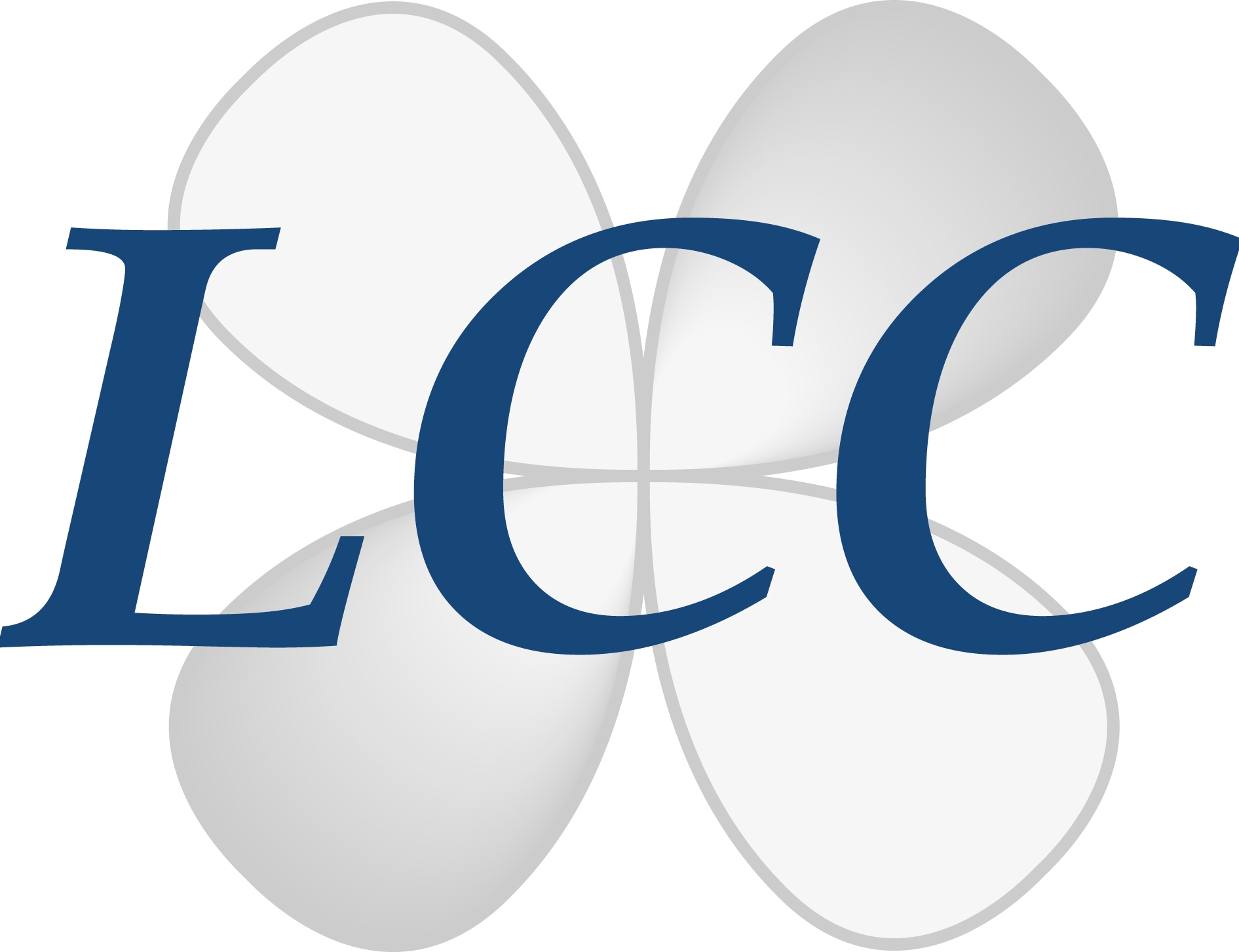Design of a nanoplateform as contrat agent for nuclear imaging
NANOSCIENCE

Lab: LCC
Duration: NanoX master Internship (8 months part-time in-lab immersion)
Latest starting date: 01/02/2024
Localisation: The work will be conducted in collaboration between three research laboratories : LCC at the (CNRS campus, 205 Route de Narbonne, Toulouse) , LSPCMIB and LHFA (Université Paul-Sabatier Campus, 118 Route de Narbonne, Toulouse)
Supervisors:
Eric Benoist eric.benoist@univ-tlse3.fr
Catherine Amiens catherine.amiens@lcc-toulouse.fr
This research master's degree project could be followed by a PhD
Work package:
Diagnosis is a key stage in the fight against certain diseases, particularly in oncology. For some diseases, early diagnosis is the key to successful treatment and increases the chances of recovery. Nuclear medicine therefore remains an interesting alternative, since it enables both functional imaging and treatment to be carried out by selectively irradiating the diseased tissues to be destroyed. In addition, nanoparticles (NPs), although withdrawn from the market a few years ago, are once again playing an important role in medical research. The combination of these two aspects (use of NPs in nuclear medicine) could therefore prove highly promising. The aim of this project is to develop a nano-probe for Positron Emission Tomography (PET) nuclear imaging. In this context, SiO2 silica nanoparticles have a number of advantages. They are biocompatible and non-toxic, their size is easily adjustable and their surface reactivity is well known, enabling them to be functionalised efficiently. The chosen radioelement is fluorine 18, the most widely used in PET nuclear imaging.
Two approaches will be studied:
- direct radiolabelling, where the fluorine is bonded directly to a silicon atom on the surface of the nanoparticles,
- indirect radiolabelling by grafting a fluorinated molecule onto the surface of the nanoparticles.
More specifically, the student will first design the nanomaterial and fully characterise it using the appropriate physico-chemical analysis techniques (TEM (Transmission Electron Microscopy), DLS (Dynamic Light Scattering), etc.). Next, a 'cold' fluorinated molecule (with the non-radioactive isotope 19F) will be synthesised and then grafted onto the surface of the nano-material. The final stage of this project involves radiolabelling the bare nano-material directly, and the grafted nano-material by fluorine isotope exchange. The results of the two approaches will be compared.
This internship will be carried out as part of a collaboration between the LCC, SPCMIB and LHFA laboratories, in close collaboration with a PhD student, Maëlle Deleuzière ( maelle.deleuziere@univ-tlse3.fr ).

References:
Novel methodology for labelling mesoporous silica nanoparticles using the 18F isotope and their in vivo biodistribution by positron emission tomography. Santiago Rojas • Juan Domingo Gispert • Cristina Menchon • Herme G. Baldovi • Mireia Buaki-Sogo • Milagros Rocha • Sergio Abad •Victor Manuel Victor • Hermenegildo Garcia • Jose´ Rau´l Herance • J Nanopart Res (2015) 17:131
Areas of expertise:
organic synthesis, nanochemistry, biomedical imaging,
Required skills for the internship:
The student will need to have knowledge of molecular chemistry and an interest in the synthesis and characterisation of nanomaterials. This multidisciplinary work at the (nano)chemistry-biology-health interface requires strong motivation and will be highly formative for the student.
